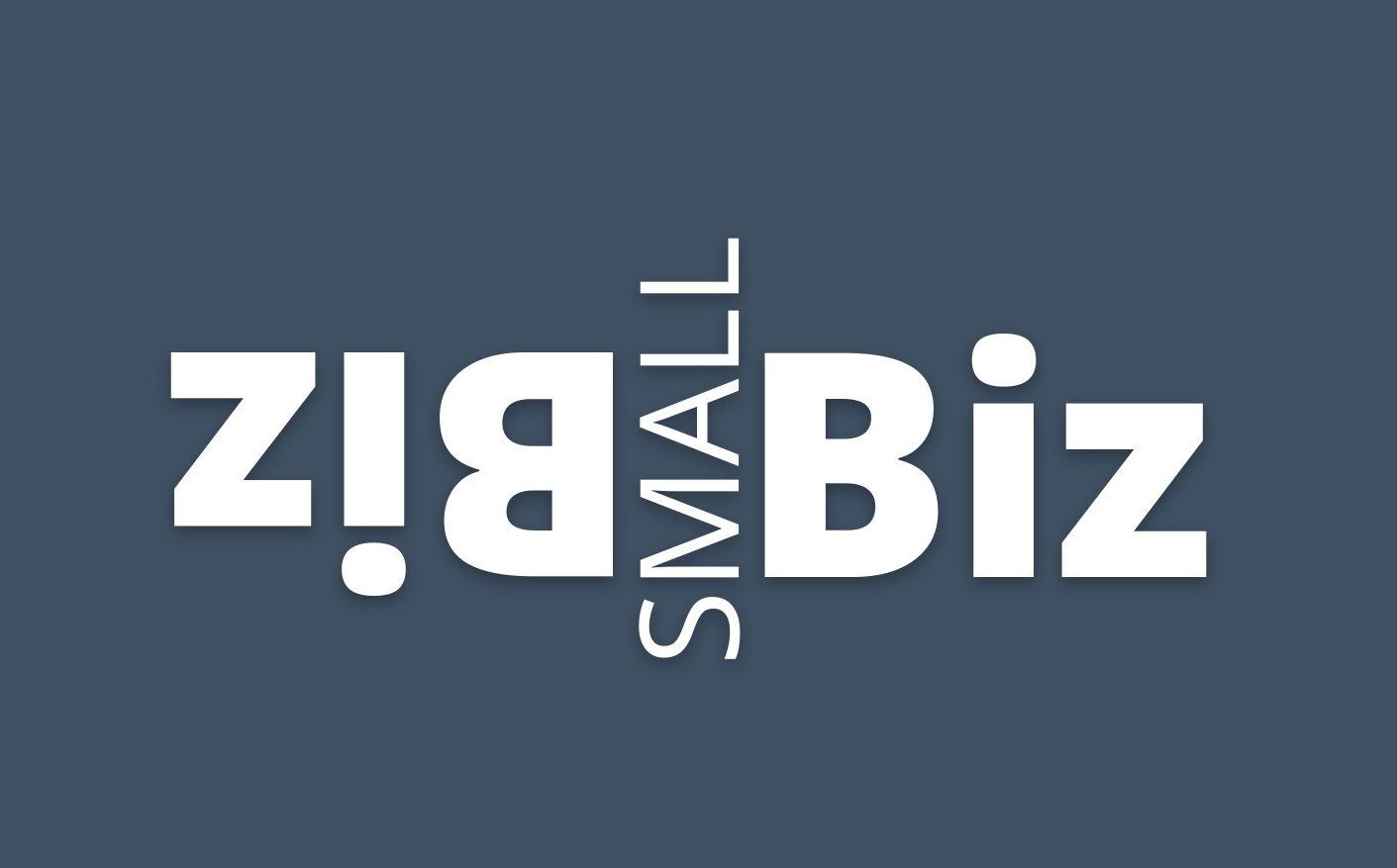Keeping every bit and byte of data on-site is a good way to waste a ton of money on precautions your business probably doesn’t need. On the other hand, living an entirely cloud-based existence gives a significant amount of control over your business to all but unknown cloud providers. If only there were a way you could have the best of both on-site servers and the cloud…
You can! It’s called the hybrid cloud, and it’s how most small businesses find a stable balance between security, cost and convenience. If you want to start migrating your business to the hybrid cloud, you can use this step-by-step guide for a seamless transition.
Identify What Is Ready for the Cloud
Before you start migrating to the cloud, you need to have a plan — and that plan needs to be defined by goals and objectives. You and your team should determine what your organization can gain from migrating to the cloud, which includes understanding what you will be using the cloud for, exactly.
Not all elements of your platform will be ready for cloud migration all at once, and you should pay attention to signs that tell you what data is cloud-ready and what data can wait to be migrated later or not at all. For instance, newer apps often function well on cloud systems, but legacy software might not every work as intended in the cloud. Additionally, if any existing data centers you use function poorly or are at risk of failure or disaster, you might prioritize their migration to ensure safety and security of your data.
Further, it’s a good idea to avoid making assumptions about your business; instead, you should take advantage of expertise from throughout your business, discussing data and applications with employees from every tier and department. While IT might know more about cloud capabilities, employees know more about how the business functions, so they can provide crucial detail to enhance the migration plan.
Generally, you want to survey your data and platforms by their performance and their security as well as their import to your business. Along with your clearly stated goals for migration, this will serve as a roadmap for migration, helping everyone understand the plan and enact it smoothly.

Choose Your Cloud Service Wisely
Not all cloud service providers are created equal. You need to find a cloud you can trust to deliver uninterrupted service and unmitigated security for your data; otherwise, your data is at greater risk for attack than it would be on your premises. Here are a few factors you should look for when surveying provider options:
- Management and security. You should investigate various providers’ processes for keeping your data safe as well as how they handle breaches and other crises.
- Standards and certifications. There are multiple standards and certifications; you should consider your options and chase providers who adhere to standards you value.
- Technologies and services. You need to be certain that the provider you choose offers services that align with your business’s needs.
Devise a Migration Schedule
Next, you should begin estimating the size of various elements tagged for migration and approximating the amount of time required for each migration. To determine this, you should look at the complexity of the data or application and the security necessary for access.
For instance, expense reports are simple and not very valuable, so they can be sent to the cloud as-is without much effort, perhaps in a month or less. Conversely, compliance reports might have multiple security measures, including limited access, encryption and the like, which means it might be fully migrated only after two years. You should make estimations like this for every element you’ve tagged for the cloud and make a schedule, so employees know where to look for data when.
Make the Migration!
Sure, there are plenty of other preparations you can make to reduce the bumpiness of your cloud migration, but in truth, continuing to research and organize will only cause delays that could be costing your business significant cash. Once you have made agreements with your cloud provider and provisioned your cloud environment — which means configuring the virtual machines, enacting performance settings, installing software and updates and otherwise making your cloud environment homey — all that’s left is to begin the migration and see where hybrid cloud computing will take you.
Cloud migration isn’t fast and easy, even when you opt for a hybrid environment which keeps some of your data and processes on-site. Still, it’s a good idea to take advantage of the cloud, and the sooner you make the transition, the more rewards your business will reap.















